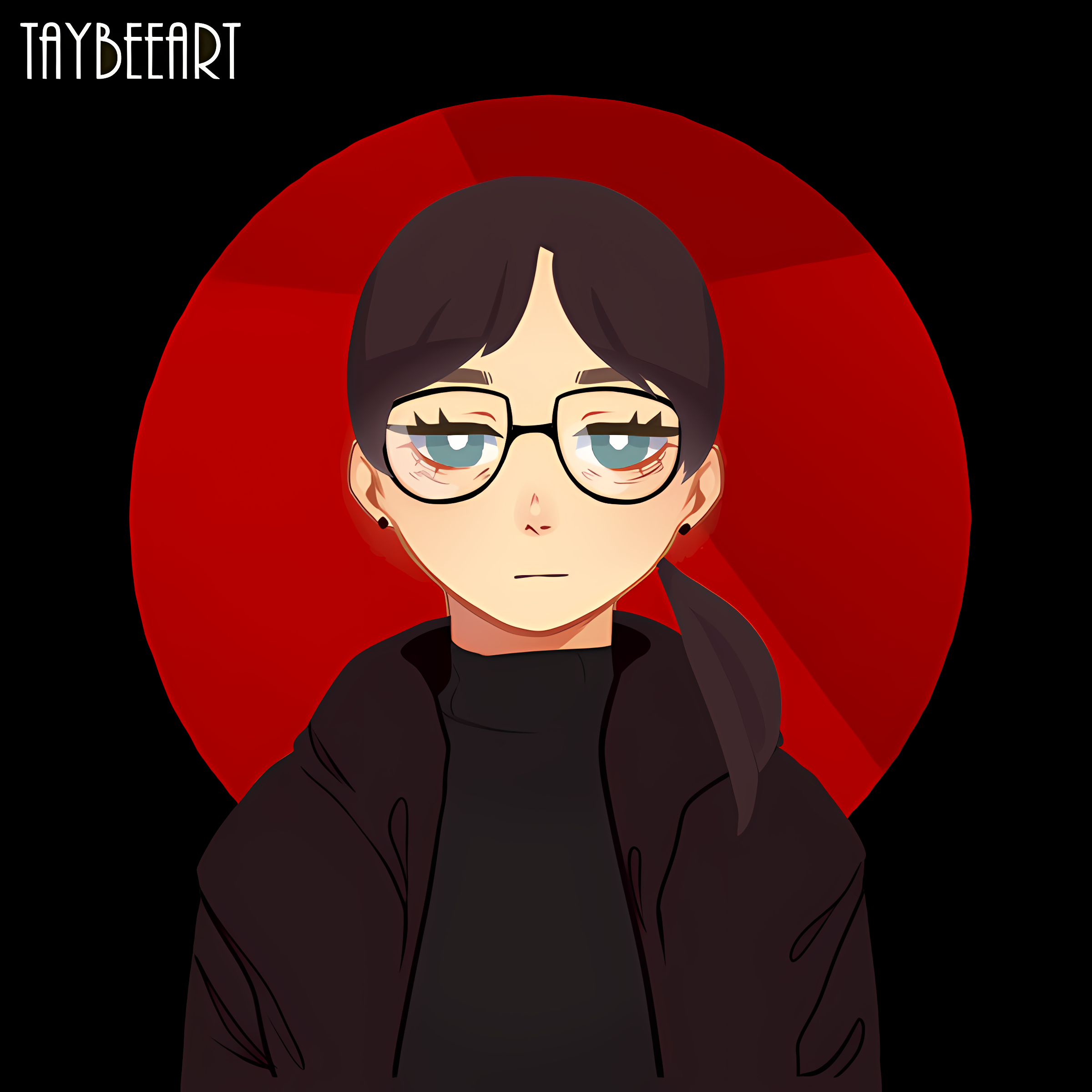Jesus. Another one of these? Every freaking day. (Promise it’s different)
I personally like mint and pop!os for new users, but for this user I want to try something windows like with more sex appeal. I don’t want to have to touch this computer again. Proprietary software is not an issue/consideration. User is techier than most. What has your experience been with kbuntu? Pros/cons? Other suggestions?
I used to recommend Ubuntu. Now that immutable distributions exist, I prefer to recommend openSUSE Aeon or Fedora Silverblue to new users. However, check this website before installing Linux.
This site refers to “local repair cafés” more than once. Is that a regional thing? I’ve never seen those three words in that order ever before.
I know I’ll get down voted for this, but from that site:
"Microsoft wants you to buy a new computer.
But what if you could make your current one fast and secure again?"
Kind of a sensationalized statement. I’ve upgraded tons of machines from 2015 and newer to windows 11 without issues. Sure, not all of them, but I’d say a majority of them, and the “upgrade” is free.
I guess I wanted to point out this piece isn’t as doom and gloom as it seems.
I think you underestimate how many computers that are in use today that can’t be updated to Windows 11.
I, and many others, have run Windows 10 on unsupported hardware. Difference is that Windows 10 didn’t care and Windows 11 actively try to stop you from doing so. So, what is this if not Microsoft now forcing people to buy new hardware, if they have unsupported hardware?
Edit: What where the CPUs on the 2015 computers you upgraded?
Mint is da only way
Maybe Aurora by Universal Blue?
It’s based off of Fedora Silverblue, so it’s atomic, rock solid and basically guaranteed to work (more secure by design as well). But uses KDE Plasma instead of Gnome and has a bunch of improvements here and there, including proprietary codecs and Nvidia drivers preinstalled (latter depending on the image you choose)
This is an excellent answer. Kinoite (basically the same thing as Aurora) is what enabled me to finally make the switch to full time linux a few months ago.
Every time I’ve tried Kubuntu it’s been a mess. Though it’s been a couple years since I subjected myself to it. It’s still going to use Snaps, so there’s that.
If they want bulletproof and up to date, Fedora KDE.
That’s what I did
I started with Bazzite recently after getting a recommendation to go with a SilverBlue derived distro, and other than trying to figure out my own issues, it’s been pretty smooth.
I do have a weird issue that crops up after reboot where the display environment variable isn’t exported or something. But considering I also had an issue with my steam library not loading that was user error, I’m not entirely sure that isn’t of my own making as well…
I think you should cruise this guy’s channel:
https://www.youtube.com/channel/UCg6gPGh8HU2U01vaFCAsvmQ
He’s very fair and uses all operating systems. I’m almost certain he’s had a video on this exact question.
deleted by creator
I learn a ton on Nobara, but I’m not so sure it’s a forever distro
You’re asking for a distro to best fit certain criteria; what’s better for you.
What you’re going to get is everyone waving the flag of their favourite distro and selling you on it as a solution; what’s better for them.
Yea lol
Best I can offer is Hannah Montana linux
If you want a set it and forget it distro to never touch his computer again, then consider going a Ublue distro. Aurora (only KDE), or Bazzite (choose the KDE image) if he does gaming.
Focus on the DE instead of the distro. There used to be one that has “windows look” as a goal.
I’m pretty sure that’s Zorin. I’ve never used it myself, but from what I’ve heard it might be a good choice for OP’s person.
Zorin is too walled off IMO. Too many features locked in Pro version.
The true Windows experience.
There is nothing locked outside Pro version that you can’t get by installing it manually :)
I wasn’t aware that there’s a paid version. Based on their website it does look like they have a lot of standard stuff locked behind Pro. Is it just like an additional repo or something? I’m also not too keen on the fact that the upgrade doesn’t carry over to the next major version.
Yeah the entire existence of any “pro” version of anything is cancer.
I disagree with you however I find it attrocious than when you upgrade (exemple from ZorinOS 16 to 17) if you own a Pro licence you have to buy a new licence (with a discount) and can’t “downgrade” to non-Pro (except from reinstalling it from scratch). I think the way the Pro is sold shouldn’t put upgrade behind a paywall.
Selling a (bloated) Pro version to bring cash isn’t necesseraly cancer it really depend on what you get and how you’re treated. And with ZorinOS I was somewhat disapointed…
It is can’t because this is how the door gets pushed open to making more and more paid versions of the operating system.
This invites more capitalistic practices into the “market”, and is what starts the downward trend.
I’m ok with selling software. But selling the OS at all just seems like a big step that should never be taken.
Selling a paid upgrade is kind of a gray area, but it should be an extra piece that gets installed separately, cross-compatible where possible, and shouldn’t affect your ability to upgrade versions for damn sure. I’ve never dealt with it directly, but if it’s like you said and you need to do a complete reinstall to upgrade versions but downgrade from pro to regular, then you’ve already detected the first tumor.
In my opinion OS is software, many people are working on it and I don’t think their work is worth 0$ (maybe Windows being the exception lol).
Well there are no operating systems that you can install and forget, unless they never plan to go online with the machine. They all need updating which can be set automatically. The only problem is if it requires manual intervention, sometimes updates don’t go as planned, then a roll-back might be necessary. They could try an immutable linux distribution if they are worried about screwing up their installs or something. Fedora kinoite may be their thing, or Bazzite which is based on that.
Bluefin and Bazzite have been good to me so far.
The embedded IoT crowd would like to refute your claim that there are no operating systems that you can install and forget.
The collective would like to stress that any operating system can be installed and forgotten. Please note, that usefulness and security may be impacted.
/s
Also, to be technical there is CollapseOS which is an install once and forget sort of thing.
Fedora KDE is a good one.
Agreed. For a new user that wants to minimise system maintenance I’d recommend the atomic version, Fedora Kinoite. Flatpak plus rpm-ostree makes it like a phone where you can just do system updates and install/remove apps.
Debian is always the forgotten choice. You can install kde at time of install. It’s stable and can be upgraded in the background automatically even between major versions. Doesn’t have snaps making hell for the user. For any apps they need the newest version of Flatpak is right there in Discover software center.
Sometimes I think “if debian had a flashy website and a few tweaks for user friendliness, then it would be just as attractive as linux mint or ubuntu for new users”, and other times I think “isn’t this exactly what most debian based distros are already?” Would there be a benefit if those projects worked under the debian name, something like debian workstation pure blend, or debian corporate pure blend? I don’t know.
The thing you have to remember is debian packaging is ment to be the most vanilla from upstream with only minor modifications to follow debian packaging guidelines. So tweaking for user friendliness would give you the same problems that debian’s children have. Plus 90% of that user friendliness came from bundling Nvidia firmware in the installer. Which debian does now by default. The only thing you have to do now is maybe install the nvidia-driver package and that’s it.













